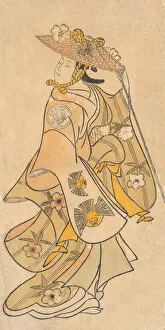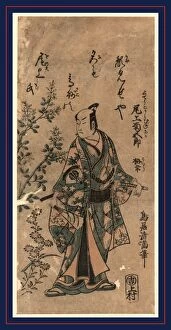Sanjo Collection
Sanjo, a name that echoes through time and continents
All Professionally Made to Order for Quick Shipping
Sanjo, a name that echoes through time and continents. From the iconic Great Sanjo Bridge in 1834 to the captivating portrayal of a courtesan by actor Sanjo Kantaro in the 18th century, this name holds stories of artistry and culture. In South America's Brazilian Amazon, on Marajo Island, lies Fazenda Sanjo where herding takes place amidst lush landscapes. A place where nature intertwines with human endeavors. Actor Sanjo Kantaro (1697-1763) mesmerized audiences as he transformed into a woman on stage. His performances transported spectators to another world, blurring the lines between reality and imagination. The funeral of Prince Sanjo at Tokyo marked a solemn moment in history when loved ones bid farewell to royalty. It was an occasion filled with both grief and reverence for a life lived with grace and dignity. The woodblock prints by artist Shohei Torii Kiyomasu depict scenes from Noh plays about swordmaker Sanjo Kokaji. These intricate artworks capture the essence of Japanese theater, showcasing the beauty of tradition and storytelling. Sanjo is more than just a name; it represents diverse facets of humanity's creative spirit across different eras and regions. Whether it be bridges connecting communities or actors embodying characters on stage, there is an undeniable power within this word that resonates throughout time.











